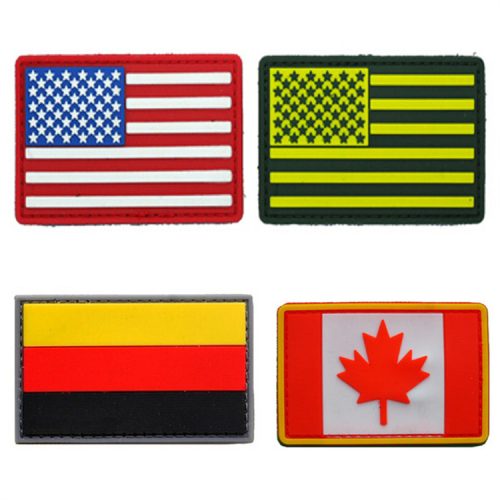A country’s flag can hold significant cultural meaning for its citizens and can play an important role in shaping national identity. Here are some ways in which a country’s flag can hold cultural significance:
- History and heritage: The design elements and colors of a country’s flag can be influenced by its history and heritage, and can serve as a reminder of its past struggles and triumphs.
- Unity and diversity: The flag can be used to represent the unity and diversity of a country’s people and culture. It can be a symbol of inclusivity and acceptance of different ethnic, linguistic, and religious groups.
- Patriotism and national pride: The flag can evoke strong feelings of patriotism and national pride among citizens, and can serve as a unifying symbol during times of celebration or crisis.
- Symbolism and mythology: The symbols and images on a country’s flag can hold cultural significance and represent important aspects of the country’s mythology or folklore.
- Art and aesthetics: The design of a country’s flag can be appreciated for its artistic and aesthetic value, and can inspire creativity and innovation in other areas of culture and design.
In some cases, the flag can also be used to challenge or subvert dominant cultural norms and express dissent or resistance against oppressive regimes or social systems.
In conclusion, a country’s flag can hold cultural significance by representing its history, heritage, unity, diversity, patriotism, national pride, mythology, folklore, art, and aesthetics. It can also serve as a symbol of resistance against oppressive regimes or social systems.


